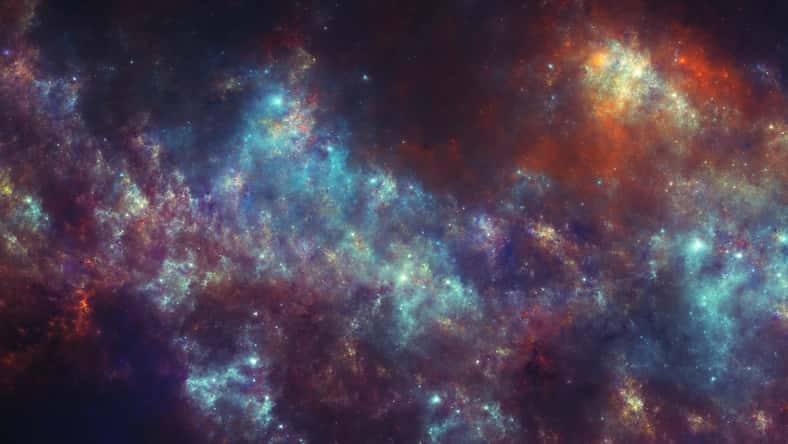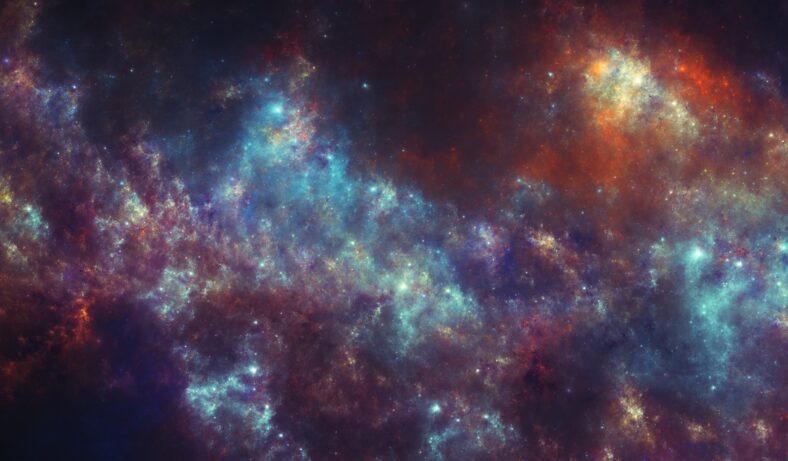Half Of The Universe’s Matter Was Missing, But Astronomers Figured Out Where It’s Been Hiding

Astronomers today have been unable to tally up the total matter produced during the Big Bang 13.6 billion years ago.
More than half of normal matter cannot be accounted for in the stars and gas we see. However, new measurements appear to have located the missing matter in the form of invisible ionized hydrogen gas.
The gas forms a halo around the galaxies and is more extensive than previously thought. The findings suggest that the massive black holes at the centers of galaxies are more active and farther from the galactic center than expected.
“We think that, once we go farther away from the galaxy, we recover all of the missing gas,” said Boryana Hadzhiyska, the first author of the study and a postdoctoral fellow at the University of California, Berkeley.
“To be more accurate, we have to do a careful analysis with simulations, which we haven’t done. We want to do a careful job.”
Mysterious dark matter still makes up about 84 percent of matter in the universe, but the rest is all normal matter.
Only about seven percent of normal matter is in the form of stars, while the remainder is in the form of invisible hydrogen gas. The majority of it is in galaxies and the filaments that connect galaxies.
The ionized gas and its associated electrons are too cold and too diffuse to be seen with astronomers’ regular tools. As a result, the gas had been unobserved until now.
The research team stacked images of around seven million galaxies that were all within about eight billion light-years of Earth to estimate the distribution of ionized hydrogen surrounding the galaxies. They measured the slight dimming or brightening of the cosmic wave background.

Sign up for Chip Chick’s newsletter and get stories like this delivered to your inbox.
“The cosmic wave background is in the back of everything we see in the universe. It’s the edge of the observable universe,” said Simone Ferraro, a senior scientist at Lawrence Berkeley National Laboratory. “So you can use that as a backlight to see where the gas is.”
The galaxy images used in the study were all collected from the Dark Energy Spectroscopic Instrument (DESI) on the Mayall 4-meter Telescope at Kitt Peak National Observatory in Tucson, Arizona.
It was generally thought that massive black holes at the centers of galaxies only release gas in jets of material during their early years.
But if the ionized hydrogen halo around the galaxies is more diffuse and more extensive than originally believed, it indicates that the central black holes can actually become active at other times in their lives.
The researchers were able to examine the gas around more nearby galaxies and found that it was not distributed uniformly around them. Instead, they follow networks that connect galaxies to each other.
The identification of the missing matter has implications for other aspects of the universe’s evolution. The technique the team used could help scientists look deeper into the early universe.
The study was published in Physical Review Letters.
More About:News